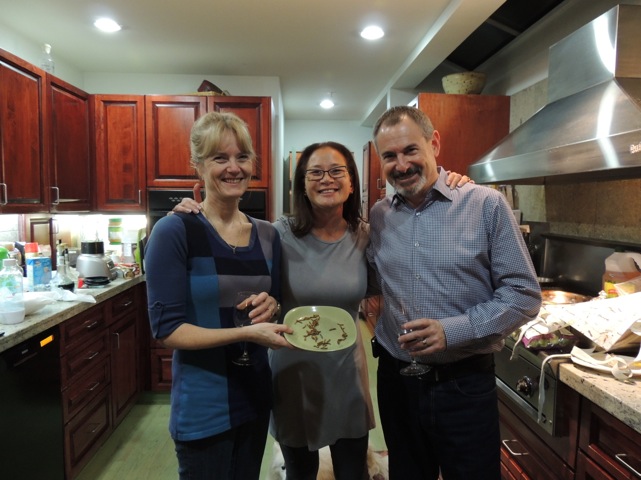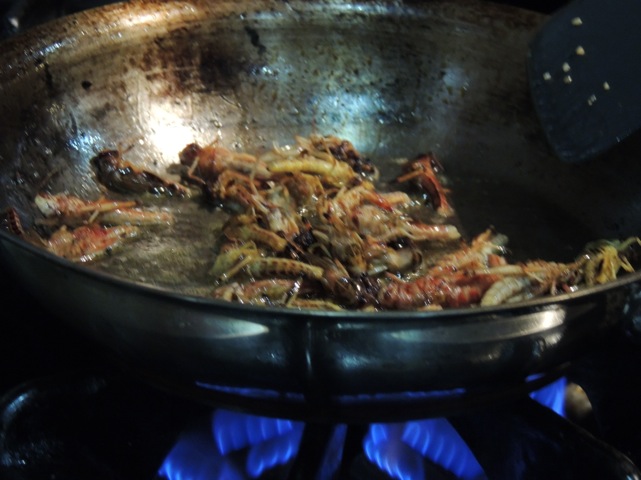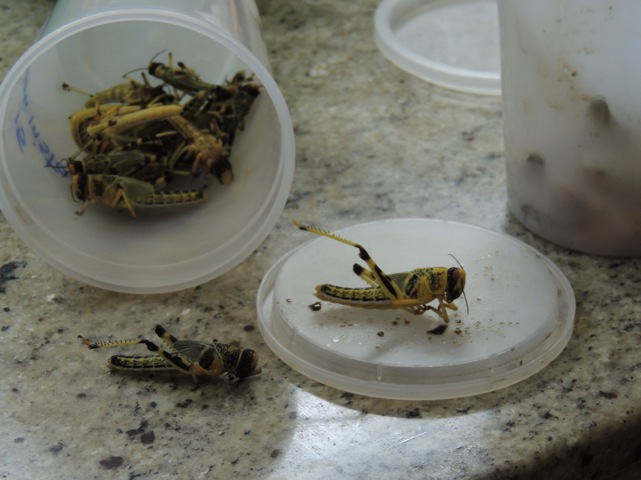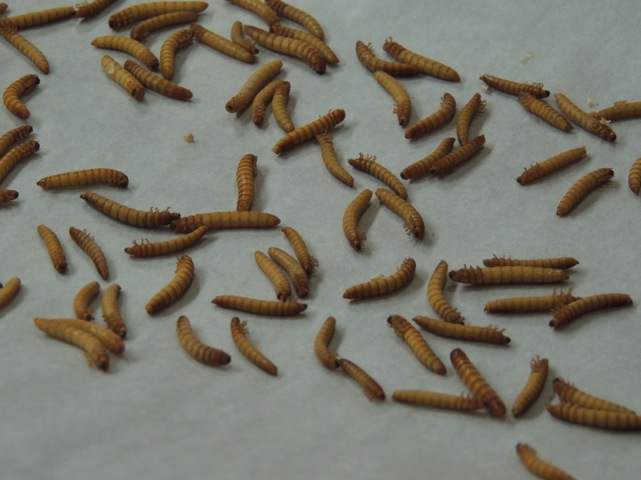Angus Building July 15 9:45-10:45
Shar Levine, Science writer shar.levine@shaw.ca; Leslie Johnstone, mjlj@telus.netScience Dept. Head/Writer, Vancouver School District No. 39; Dr. Marina Milner-Bolotin, Assistant Professor, Department of Curriculum and Pedagogy, University of British Columbia marina.milner-bolotin@ubc.ca; Jo-Anne Naslund, Education Librarian, University of British Columbia, joanne.naslund@ubc.ca
The success of developed countries depends on a scientifically literate population. Despite worldwide recognition of Canada’s contributions to science, technology, engineering and mathematics, a large segment of the population remains ill-informed and disengaged in these disciplines. Recent results of the 2013 OECD survey of adult skills as well as OECD PISA have shown inadequate science and mathematics performance by Canadian students and adults. To help address this problem Canadian families and educators need to foster excellence in STEM education.
Our response at the UBC Faculty of Education has been to offer two annual community events: Celebrate Science and Family Mathematics and Science Fair. Such STEM outreach activities have involved partnerships between the University of British Columbia Library, Children’s Writers and Illustrators of British Columbia Society, Faculties of Education, Science, Land and Food Systems, and Beaty Biodiversity Museum. UBC scientists together with science writers for children speak about their research, books and passions. Participants leave inspired with increased awareness of the importance of science and mathematics. At the Family Mathematics and Science Fair, prospective teachers and teacher-educators, engage families in hands-on mathematics and science activities.
The presenters will offer descriptions of these programs, resource lists and insights on some of the benefits and challenges encountered.




